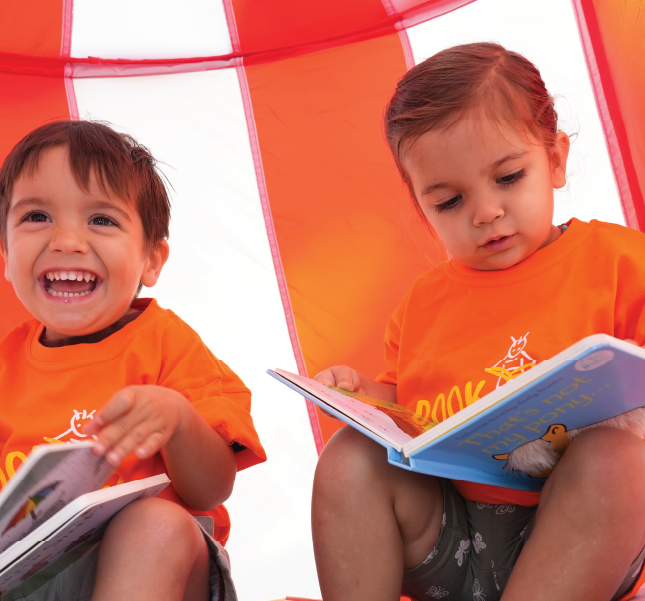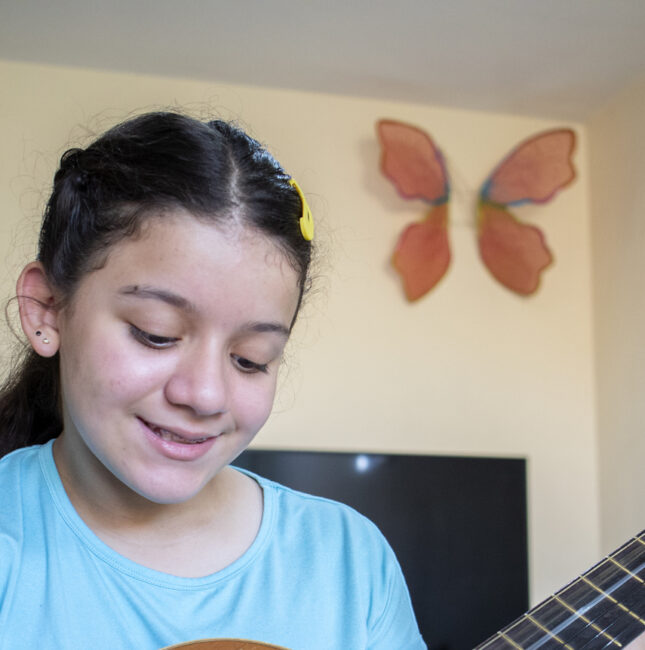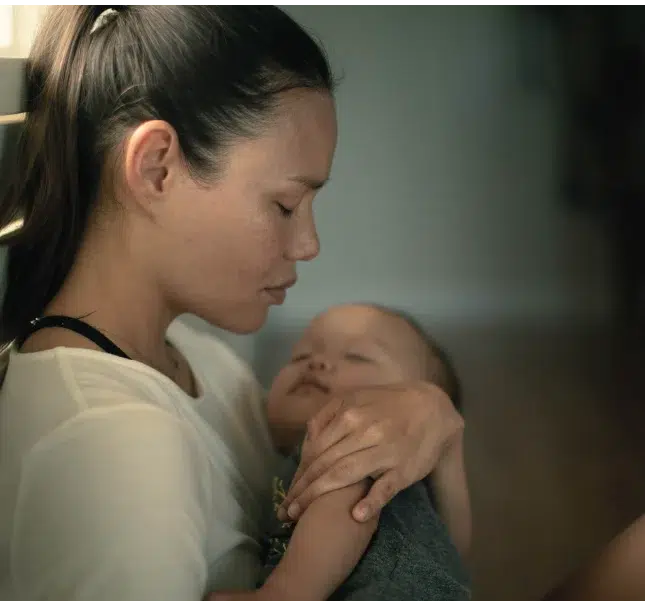Supporting youth in the fight against bullying
March 11, 2021
Bullying is a national health concern, affecting many children and adolescents. A recent study revealed that over 25% of children and adolescents in Australia experience traditional forms of bullying, and 7% experience cyberbullying. It can have a significant impact on young people, in both the short-term and the long-term. The National Day of Action against Bullying and Violence which is marked in August each year is a day for us to come together and take a stand against all forms of bullying. In particular, the campaign is focused on ending bullying and violence among school-aged children. Here’s what you need to know about bullying ahead of this day of action:
What is bullying?
Although we all have an idea about what counts as bullying, the official definitions aren’t so clear-cut. A recent review of bullying research found that the definitions used vary between studies, reflecting disagreements about definitions of bullying in the real world. The following definition of school bullying is one of the most widely used and was proposed by a pioneer of school bullying research, Dan Olweus, in 1994:
A student is being bullied or victimised when he or she is exposed, repeatedly and over time, to negative actions on the part of one or more other students.
Others have expanded on this definition, defining bullying as behaviour that includes the following five characteristics:
- The behaviour is aggressive.
- The behaviour is intentional.
- The behaviour is repetitive.
- The behaviour involves a power imbalance.
- The behaviour is unprovoked.
Although some aspects of these definitions are contested, it’s generally agreed that bullying involves repetitive behaviours that occur more than once, intending to cause harm. This means that isolated events do not count as bullying, no matter how concerning they might be. Critics of frequently used definitions of bullying also argue we need to consider the different bullying types when establishing our definitions. For example, covert forms of bullying may not appear aggressive.
What are the different types of bullying?
There are many different types of bullying — and it’s crucial we tackle all of them. We can characterise the bullying that typically affects school-aged children into two broad categories: traditional forms and cyberbullying. Let’s look at each of these in turn:
Traditional forms of bullying
Many of the traditional forms of bullying have been occurring for decades. They most commonly happen on school grounds but may also happen away from the school environment (e.g. on weekends or while walking home from school). Here are some traditional forms of bullying:
- Physical bullying and violence
Physical bullying and violence is the form of bullying that most people are familiar with and involves physical acts of aggression against an individual. This includes assault and violence, as well as intimidation or threats of violence. It may also include theft or damage to property. This is often considered the most serious form of bullying. However, it’s important to note all types of bullying are associated with the dangerous impacts we’ll discuss later in the post. That said, in addition to these potential harms, physical bullying often comes with the added risk of harm associated with acts of violence, such as injuries and concussions. - Verbal bullying
Another common type of bullying, verbal bullying, includes insults, name-calling, or verbal discrimination (e.g. racism, homophobia, weight stigma). This form of bullying can be difficult to detect, as many of the attacks may be dismissed as “just a joke” or “banter”. But for the victims of verbal bullying, it’s no laughing matter — and the impact can be just as disastrous and long-lasting as physical bullying. While physical bullying is a direct form of bullying, verbal bullying can be direct or indirect. - Social bullying
The third form of traditional bullying is social bullying, which is sometimes referred to as relational bullying. This involves manipulating an individual’s social connections to make them feel excluded, damage their relationships with other people, or harm their reputation. Just like verbal bullying, social bullying can be direct or indirect. However, it often happens indirectly, meaning the bully targets the individual by undermining their reputation and damaging their self-esteem in more subtle ways. One of the most concerning aspects of social bullying is that adults often dismiss it, assuming the trials and tribulations of a child or adolescent’s social life is a normal part of growing up. However, it’s crucial to distinguish between normal falling out and social bullying, given the latter can have long-term, damaging consequences for those concerned.
Cyberbullying
The rise of technology among children and adolescents has caused a spike in cyberbullying. Unlike the traditional forms of bullying, this often happens outside the school grounds — making it challenging for schools to confront and manage it. It includes all forms of bullying that happen using technology, the Internet or mobile devices; it can include verbal bullying, social bullying, or threats of physical bullying. Many have raised concerns about the rise of cyberbullying, particularly given that attacks can be broadcast to many of an individual’s peers (e.g. using social media). As cyberbullying is a relatively new phenomenon, further research is required to examine its long-term effects. However, it is expected to be just as harmful as traditional forms of bullying, if not more so.
What is the impact of bullying?
As we’ve already mentioned, bullying has significant impacts on the lives of those who experience it. It’s crucial to consider these impacts in the fight against bullying to minimise the problems faced by victims throughout their lives.
- School refusal
Children and adolescents who are bullied frequently refuse to attend school. There are also direct forms of refusal, such as truancy and absenteeism, as well as indirect refusal, such as phobias associated with the school. The child may refuse to attend school altogether or may frequently miss part of the school day (e.g. skipping classes, arriving late). Indirect forms of school refusal may also manifest as problematic behaviour in the mornings before attending school, so it’s important to know the various ways this problem may emerge. For many parents, difficulties in getting their child to attend school may be one of the first signs of bullying. - Performance at school
The detrimental effect of bullying on school performance is well-established. This reduction in performance and achievement can occur for many reasons. Most obviously, if a child is regularly absent from class, they will miss crucial learning required for their development. However, reductions in performance can also happen due to some of the more subtle impacts of bullying. For example, the emotion and stress experienced by victims of bullying can reduce the ability to focus, pay attention, and remember information. - Mental health
One of the most concerning impacts of bullying is the way it affects mental health. This is one of the most insightful areas of bullying research, with bullying consistently linked to depression and anxiety, reduced self-esteem, and increased stress. Worryingly, it is thought these mental health impacts continue into adulthood, with those who experienced bullying as a child more likely to experience depression, anxiety, or relationship difficulties as an adult. - Suicide
Bullying is also associated with an increased risk of suicide in young people. Suicide is the leading cause of death in Australians under the age of 25, accounting for 20.9% of all deaths in those aged between 5 and 17. All of these deaths are preventable, so it’s vital we address bullying as a potential cause and risk factor for child and adolescent suicide.
Long-term health impacts
The impact of bullying isn’t limited to childhood and adolescence. Research suggests the health consequences of bullying may continue throughout life. This includes direct mental health consequences, such as increased depression and anxiety. But school-related bullying may also impact physical health. A growing body of research considers adverse childhood experiences (ACEs), including bullying, as risk factors for physical health problems later in life. For example, ACEs have been associated with an increased risk of diabetes and heart attack.
What’s the best way to support a victim of bullying?
When someone you care about is a victim of bullying, it can be difficult to know how best to support them. It’s heartbreaking to know they are suffering, and many parents report feeling powerless in these situations. However, there are some concrete steps you can take to provide support. Here are three of them:
Provide emotional support
Arguably the most important way to help someone who’s experiencing bullying is to provide emotional support. While it’s not always possible to help in the practical sense, simply being there and listening can have a hugely beneficial impact. It’s vital to take any bullying claims seriously — particularly when a child talks about indirect and subtle forms of bullying. Offer empathy and compassion — avoid minimising their experience or suggesting it’s a normal part of childhood.
Work with the school
It’s crucial schools and families work together to support victims of bullying. As a parent, you may feel helpless; the school will have processes and procedures to escalate bullying concerns and support victims. If you suspect your child is being bullied, the first step after providing emotional support should be to contact the school and figure out the next steps.
Take a stand against bullying
On this national day of action against bullying, commit to taking a stand against all forms of bullying. This is something we can all do, regardless of whether someone we know is being bullied or not. Let’s send a clear message to perpetrators that it’s not — and never will be — acceptable. Together, we can end bullying and reduce the impact it has on victims throughout their lives.
More news stories like this one
Changing lives through literature
Many of us take it for granted that our kids will grow up learning to read and write, yet for many children throughout Australia, this is not the case. Lack of education and early literacy can affect children throughout their lives and lead to psychological damage, poor health, fewer job opportunities and lower incomes.
Read MoreBuilding a support network makes all the difference for Julia
It was May 2022, and Julia’s whole body went numb as she sat in a hospital room with her 14 year old daughter, Anna. They'd been discharged from the hospital, but they had nowhere to go.
Read MoreThe importance of post natal mental health
Parenthood can be an extremely emotional time for everyone as it brings immense change. It can be both joyous and...
Read More


